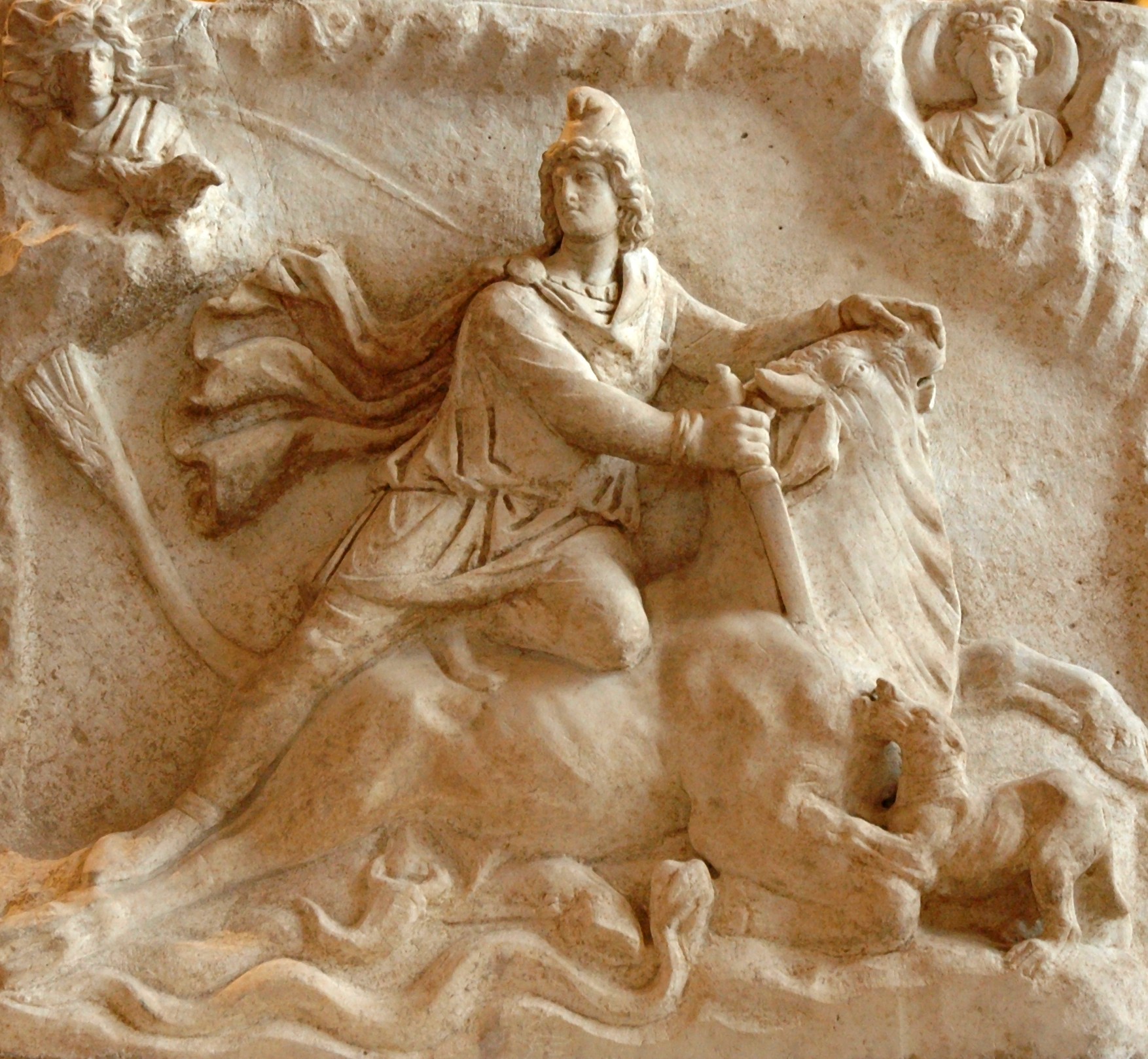Mazhjoo, Nina. 2020. Being Mithraist: Embracing ‘other’ in the Roman cultural milieu. In Aaron W. Irvin (ed.), Community and identity at the edges of the classical world, 139-153. Hoboken, NJ: Wiley-Blackwell.

This chapter suggests a new approach to the study of Mithraic visual language and the cultic iconography of the god in particular. It argues that the Roman Mithraists were enthusiastic for stressing the Persian provenance of their god via cultic iconography and visual language. The chapter takes a closer look at the Mithraic tauroctony and the Roman representation of the god. It examines the cultic imagery of Mithras to explore how the Roman Mithraists incorporated the Greek imagery of “handsome Oriental”. The chapter demonstrates that the Roman imagery of Mithras was a conscious choice that the Roman Mithraists made to historicize their novel cult. It proposes that the Roman imagery of the god Mithras should be deciphered as a deliberate cultural borrowing in relation to the cultural strategy and socio‐political context of the Roman Empire. The Roman mystery cult of Mithras strongly relied on Roman attitudes and romantic visions of Persia and the Parthians.


 Walsh, David. 2018.
Walsh, David. 2018. 
 Mastrocinque, Attilio. 2017.
Mastrocinque, Attilio. 2017. 
